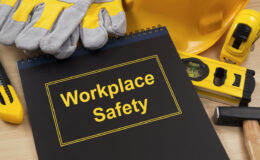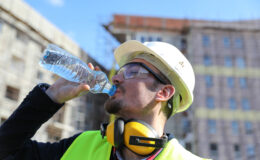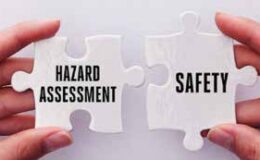By Donna Motley, Vice President of Claims
I recently attended a conference where one of the speakers was John Flood, D.O. from Michigan Orthopedic Center in Lansing, Michigan. Dr. Flood is a physician we have utilized for Independent Medical Evaluations in the past. Dr. Flood presented some interesting facts concerning low back pain.
One fact is that 80% of the population will experience low back pain during their lifetime. Of that 80%, 15% will experience the pain for 2 weeks or more. Interestingly enough, experiencing low back pain “decreases” after age 65. The annual incidence of back pain has been unchanged over the past 30 years.
The good news is that 85% of this population will improve at 6 weeks; 90% improve at 12 weeks; 10% will have ongoing pain. However, the recurrence rate at one year is 25-80%. Permanent work disability affects about 5% of those treating for low back pain.
The obvious risk factors for developing low back pain are: frequent combined bending and twisting; frequent lifting greater than 50#; and whole body vibration, i.e. driving a truck, forklift, bus, etc. However, additional risk factors are: stress, anxiety, depression, obesity, smoking and job dissatisfaction. When you combine both sets of factors, it is easy to see why 80% of the population is affected. It is society’s perception of low back pain that has changed. In a non-industrialized society, low back pain is accepted as “part of life”. In an industrialized society, low back pain is seen as a “disability”.
The unfortunate part is that when low back pain is related to work, if an employee does not return to work within 3 months, their prognosis is poor. Only 20% of work related low back injuries return if off more than one year. And only 2% return to work if off two years or more. Remember – the recurrence rate is 25-80%!
A common treatment for low back pain is physical therapy along with re-education. Proper lifting techniques, muscle strengthening, ergonomics. Physical therapy should not be passive, it should be exercise – active, manual therapy. (The 2012 Journal of Orthopedic & Sports Physical Therapy recommends 6 weeks of therapy.) A general misconception is that you should “avoid” any activity which causes pain. Gone are the days when, following a back injury, you were told to “go home, lay flat and stay in bed”.
Workers’ Compensation patients are found to have an elevated sensitivity to symptoms, higher behavior restricting fears, higher pain and impairment ratings, and a greater sense of entitlement. Workers’ Compensation patients are also found to be more fearful about returning to work, they worry more, have more physical complaints and a higher rate of depression.
Surgery is not the answer because following surgery, Workers’ Compensation patients were at 2 times greater risk of a poor outcome.
The best solution is to do everything you can to keep a low back injury from occurring in the first place! Have an ergonomic study performed, consider utilizing a job coach, work with your MTM Loss Control Consultant to make your facility safe and keep your employees healthy!





